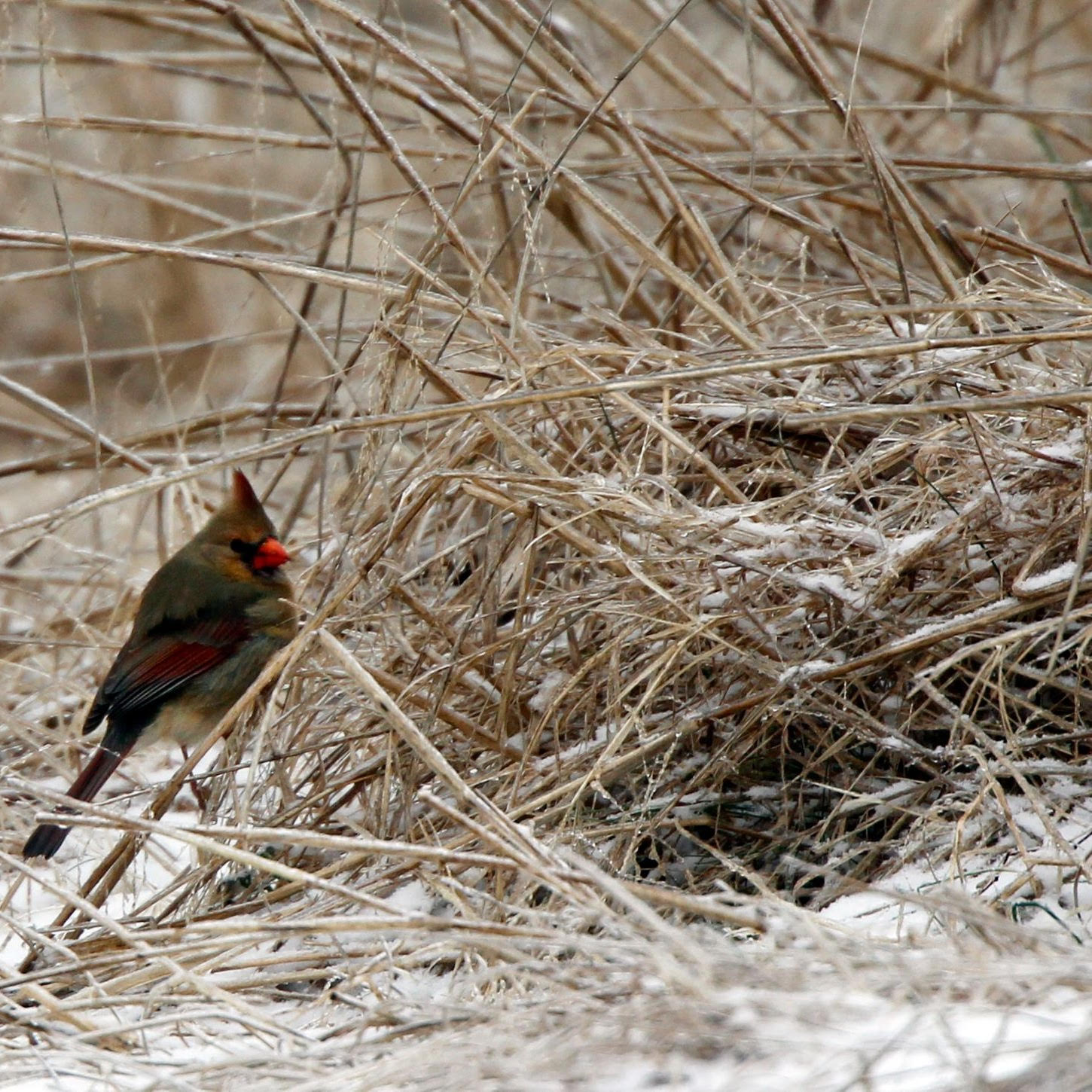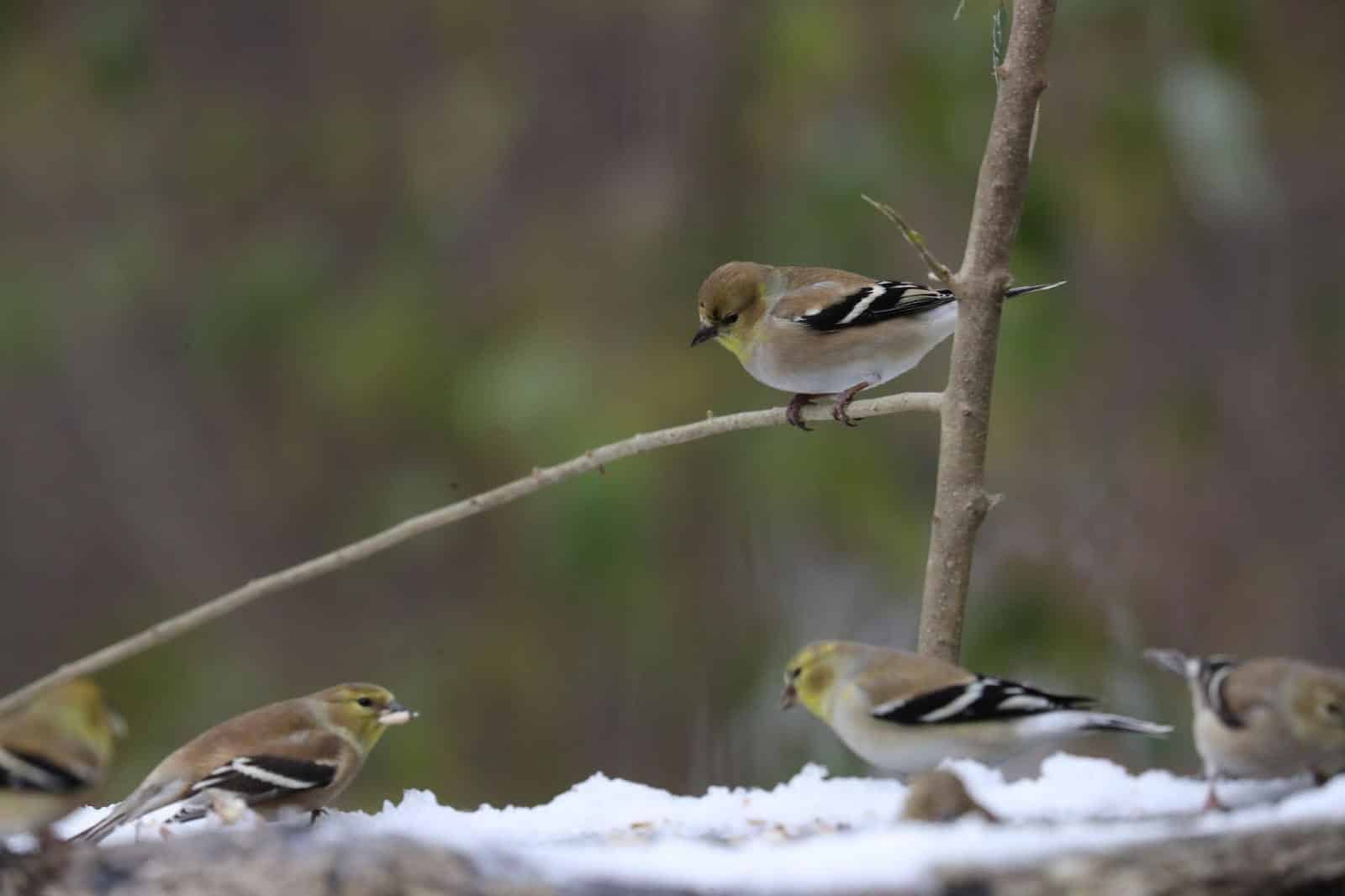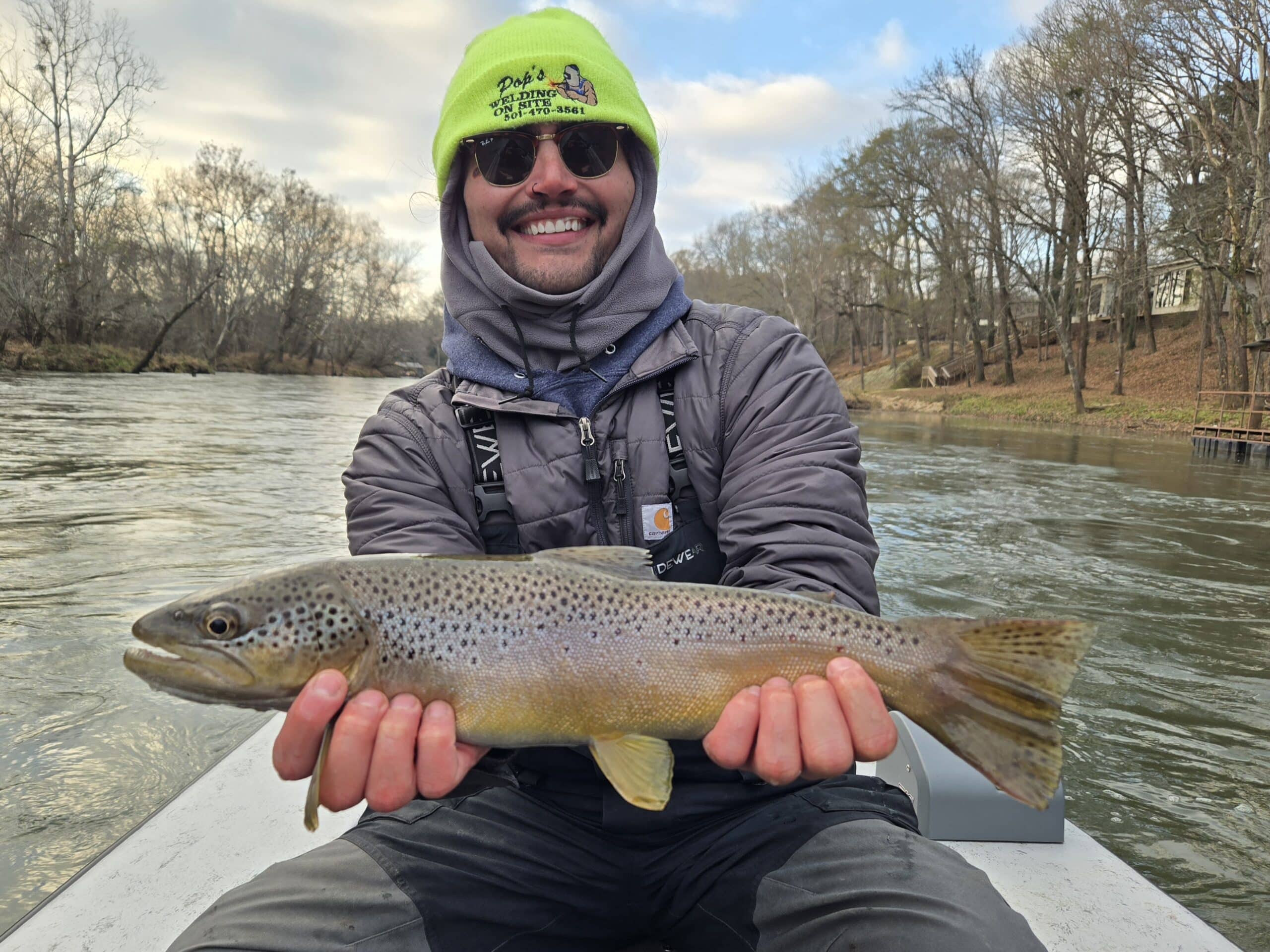Brush up on winter weather and wildlife
ON 01-09-2025

LITTLE ROCK — Take a moment while stocking up on the bread, milk and eggs in preparation for this week’s snowstorm and think about how you can better prepare your yard for the local wildlife.
The good news is that native wildlife are highly adaptable to a random winter storm if they have the right habitat nearby. Reptiles and amphibians have already found burrows and shallow pools to ride out the winter. Songbirds can easily relocate to more habitable areas and make the best of a temporary situation. Cottontail rabbits and other mammals make the best use of brush and other low-lying cover. But there are a few things landowners can do to give them a little boost during heavy snowfalls and icy conditions.
During harsh weather, wildlife are always going to benefit best from those yards that look a little less manicured. Rough weed edges and randomly placed piles of branches may be unattractive to a greenskeeper or neighborhood association watchdog, but they’re heaven on Earth to local wildlife. If your homeowner’s association is agreeable, give a little thought to making a brushpile or two.
If feasible, make several brushpiles, and you’ll have rapid rewards in the form of songbirds and other wildlife making use of the debris in your backyard or in a corner of your rural property.
With a bit of creativity, the brushpile can be a yard or garden feature, fronted or ringed, perhaps, with a planting of flowers. It can also be tucked away in a corner of the yard, drawing attention only from wildlife. Place the brushpile near a fencerow or border to the nearby woods. This offers an extra benefit to give to other food and cover.
The instructions for a great wildlife brushpile are pretty simple. Pile up some brush. It doesn’t have to be any particular shape or size, although a few piles the size of a wheelbarrow are much more beneficial to various animals than one huge pile. But even a simple pile of sticks will offer some cover from the cold and predators. Anchor the brushpile around a stump or log. If these aren’t available, lay two or three bigger pieces on the ground then work the limbs, sticks and twigs around and on top of these. This way, there will be some space down low for small creatures to move around and hide.
If you haven’t yet delivered your Christmas tree to one of the AGFC’s Habitat for the Holidays dropoff locations, maybe you can drag it to the corner of your yard to be a temporary brushpile during the upcoming storm, then deliver it to one of the dropoff locations for fish habitat by the end of January.
Once spring arrives, you can even make your brushpile a feature of a flowerbed or yard. Plant some favorites around the pile. The main thing to keep in mind is to keep any plantings around your brushpile native. Not only do native plants require less maintenance, most produce seeds and fruit that native wildlife depend upon. The following link can offer some help in choosing native species: www.agfc.com/education/native-gardening.

If you don’t have many native plants around right now, a few supplemental food sources can help, especially with songbirds.
“Black oil sunflower seeds are the best all around seed to put out for songbirds,” Allison Fowler, Assistant Chief of Wildlife Management for the Arkansas Game and Fish Commission, said. “If you have house finches or goldfinches around, nyjer seed is also a good food for them. Suet feeders are very popular with a lot of birds, especially woodpeckers.”
Fowler says a heavy snow last year was particularly tough on bluebirds who were not able to find their preferred foods (insects and berries) for almost a week.
“A lot of commercial suet blocks contain berries, cracked seeds and mealworms that the bluebirds and other insect-focused species can use,” Fowler said. “They lack stout seed-cracking beaks so they can make good use of these alternative food sources.”
Another option is to make your own suet for the birds. Here’s an article that walks you through one of the best family snow-day activities to enjoy between snowball fights and sledding: www.agfc.com/news/simple-recipe-to-share-with-your-feathered-friends.
####
CUTLINES:
CARDINAL
A female northern cardinal weathers a snowstorm near the safety of heavy weeds and brush. AGFC photo by Mike Wintroath.
GOLDFINCHES
American goldfinches taking advantage of sunflower seeds scattered around brush. AGFC photo by Mike Wintroath.
Recent News

CWD-positive deer found in Grant, Sevier counties
Dec. 19, 2025

Arkansas Wildlife Weekly Fishing Report
Dec. 18, 2025
Subscribe to Our Weekly Newsletter E-mails
Don’t miss another issue. Sign up now to receive the AGFC Wildlife Weekly Newsletter in your mailbox every Wednesday afternoon (Waterfowl Reports are published weekly during waterfowl season and periodically outside the season). Fishing Reports arrive on Thursdays. Fill in the following fields and hit submit. Thanks, and welcome!
